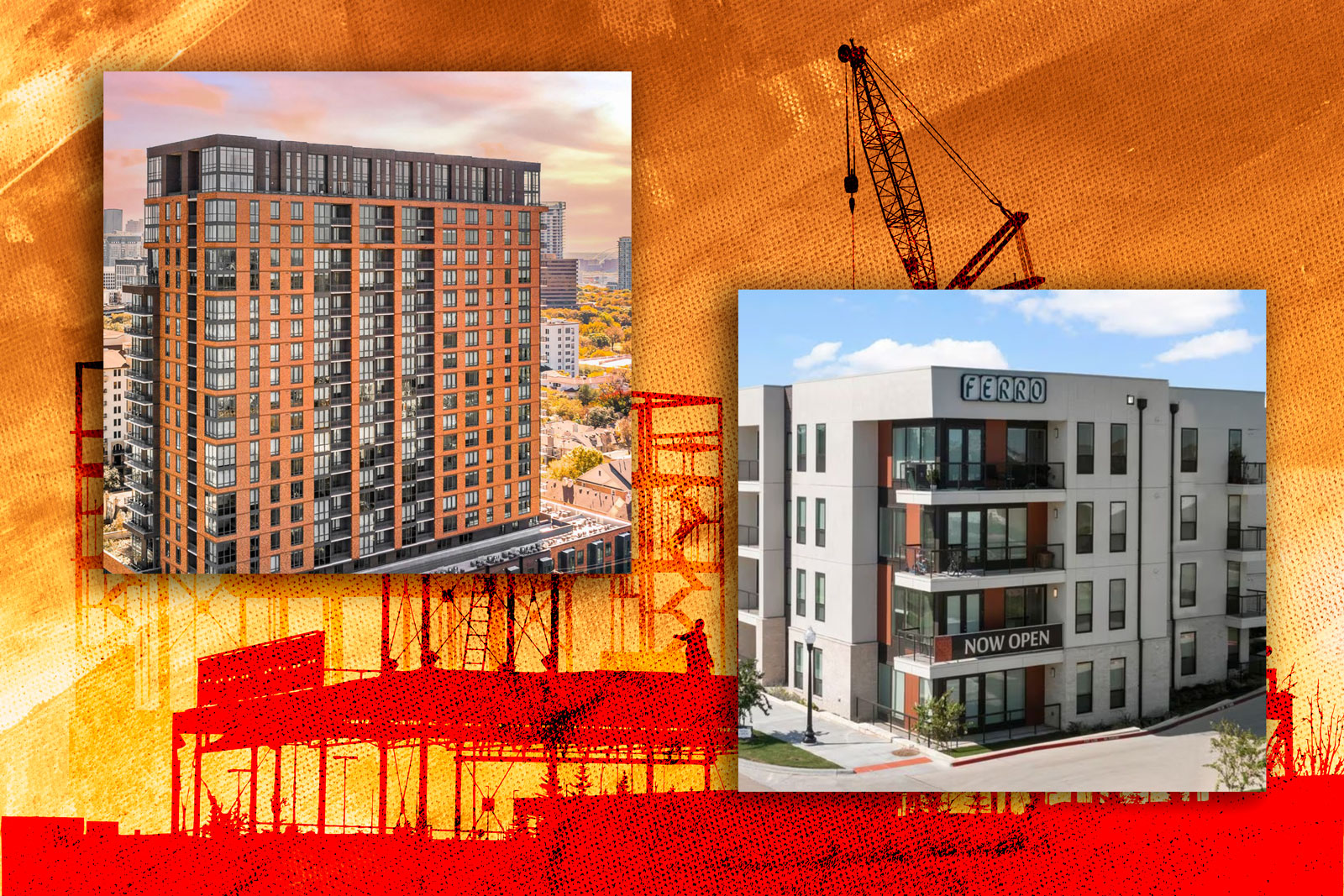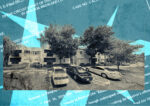Dallas-Fort Worth has been bursting at the seams with apartment developments, but there are signs construction activity is starting to cool.
Multifamily building permits in the Dallas area dropped 11 percent year-over year in November, the Dallas Morning News reported, citing analytics firm RealPage. Nationwide, multifamily permits were down by more than 21 percent year-over-year.
The decline in apartment construction concludes a record-breaking 2023, in which 444,000 rental units were completed across the country. Another 671,000 units are slated for delivery this year, and new supply is expected to wane after that, according to RealPage.
“High supply is great news for renters, and a hurdle for investors,” RealPage chief economist Jay Parsons said. “Renters suddenly have far more options than they’ve had in recent years, and that’s putting downward pressure on rent growth.”
In DFW, the drop in construction activity can be attributed to an overstock of apartments, despite robust demand and steady growth in the region. More than 7,000 units were leased in the third quarter in North Texas, ranking first in the nation. However, that achievement was diluted by the 8,000 new apartments that were completed during that stretch.
“It’s not a demand issue,” Parsons said. “Rents are falling in the markets with the strongest demand because those are the markets seeing multidecade highs in new supply.”
Read more



Higher mortgage rates and a tight lending environment have also hindered construction activity, making it difficult for developers to finance projects, the outlet said.
Even though multifamily building permits are down considerably, DFW ranked fourth in the nation with 19,711 permits issued through November. That trailed the Austin (20,866), Phoenix (20,890) and New York (22,288) metropolitan areas.
—Quinn Donoghue




